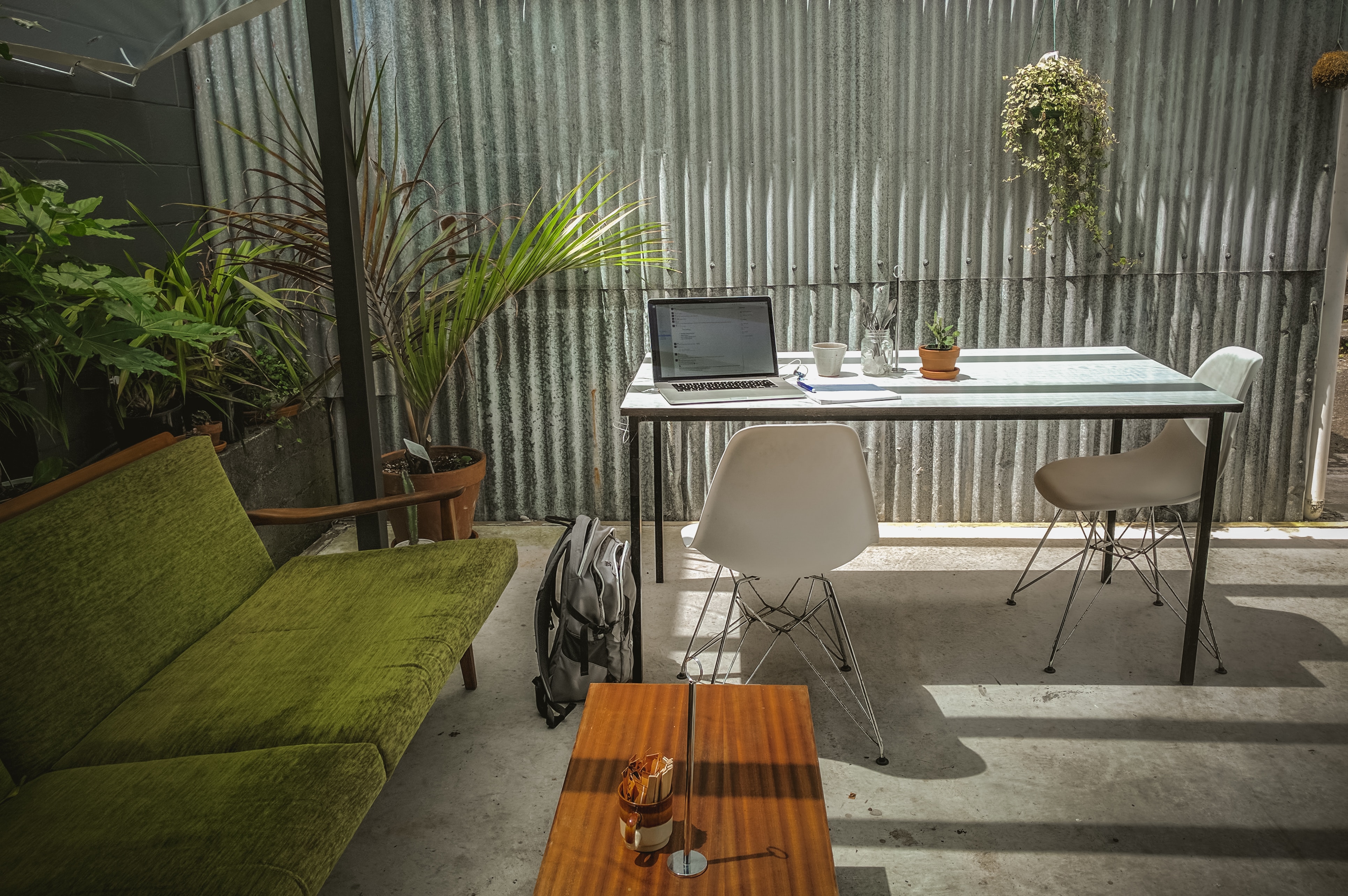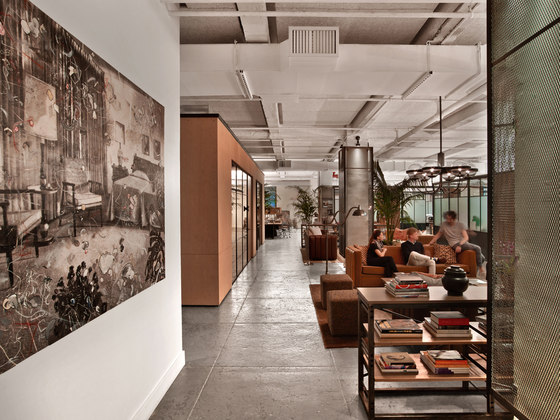Is isolation driving your customers away? Make a long lasting impression by following these steps.
According to a 2018 survey from The Economist and the Kaiser Family Foundation, ‘more than two in ten adults in the United States (22%) and the United Kingdom (23%) say that they always or often feel lonely, lack companionship, or feel left out or isolated at work.’
With such alarming statistics about loneliness, now accompanied by equally alarming figures which revealed that ‘loneliness could be costing employers up to £22.5billion on a year due to absence and productivity losses (Co-op and New Economics Foundation).’
In the words of Alex Hillman ‘coworking is not a workspace industry, it’s a happiness industry’.
Subsequently, most coworking spaces offer open spaces, with brilliant infrastructure for technology and business and healthy exposure to collective diverse members, from companies and freelancers to entrepreneurs. So, tapping into this added value would be a great way to encourage social interactions and a healthier and more holistic work environment.
Let’s take a look at ways you could promote social interactions and overall mental wellbeing in your coworking and flexible workspace.
Create a warm, holistic and friendly ambience
Collisions or interactions tend to happen when people are relaxed, for example enjoying a cup of coffee or tea. Most coworking spaces have on their layout common areas where people can chill out and break their routine. A great start would be infusing character into the breakout areas with plants. Plants are known to have an amazing impact on reducing stress, anxiety and boosting creativity. Their presence has been known to aid with an increase in productivity, while simultaneously, increasing levels of positivity, adding a sense of a holistic and relaxing eco-friendly environment, they also serve an aesthetic and practical purpose.
Also, where you place these areas is important to make sure they serve their purpose. Bear in mind that they can have an impact on how people move in your space. For example, if you want people to walk through the whole space so that they get to see everyone, it’s a good idea to place the kitchen at the very end of it.

Believe it or not, workspace humidifiers are also a thing and they are worth the investment! An investigation conducted by Indoor Air Quality (IAQ) found a connection between employee illness and humidity levels. They found that ‘when the humidity drops below 40% in an office more employees become sick and miss work’. Additionally, recent research carried out by Condair revealed that ‘humidifying your workspace has the potential to increase your member’s efficiency and performance through reduced absenteeism and greater employee comfort’. While instantaneously providing a pleasant aroma to your space.
Likewise, adding a dash of gorgeous and peaceful artwork in your coworking space would do the magic of inspiring creative potential and innovative ideas. But also artwork has been reported to help reduce stress levels, with its ability to aid relaxation. If you are looking for inspiration, Neuehouse workspace might be a great starting point, you can find remarkable and soothing artwork displayed throughout their space.

Personalise programs and create niche events for your members.
It is incredibly important that you get to know your members, get to know their niche, in order to personalise bonding events around their preferences, (a good idea would be to use Nexudus Surveys to find out). For example, if your members are more of the creative type, you could look into coordinating events such as spoken words evenings, which promotes self-expression and it is a great form of entertainment, or you could provide memory walls dedication to an open space room, allowing your members to share memories, which could spark interactions and strengthen relationships.

Afternoon yoga classes provide positive mental health benefits, improving mood, mindfulness and behaviour whilst developing workplace wellness. Also, purposeful networking is another brilliant way to get your members to engage with each other and to find someone of interest to them, either professionally or personally.
Additionally, you could put together smaller and more frequent events such as happy hour, which works best if you schedule an hour or two on regular days and it would be ideal to ensure that the hours start either at 5 pm or 6 pm, so all members are more likely to attend. Purposeful breaks is another unique event that you could organise more frequently, it works by creating a fun zone, you could provide board games and other forms of interactive games.
Promote healthy eating
Ensuring a healthy café menu, or having fruit bowls in waiting areas, rooms and kitchens, would add that extra touch of care and health care to your workspace. A sound mind in a sound body; the positive effects of healthy eating and known by all, and the effects will impact not only your customer’s well being at work but their happiness and physical health too.
“Co-sharing office spaces not only relieve employees loneliness but also help them to thrive“
Furthermore, it shows that you care about them further than creating an efficient work environment and would go the extra mile. A workplace that encourages good health is more likely to survive for years to come just like any good business when you invest in the people, you prolong the life expectancy of your business.
The growing understanding of coworking needs, combined with our innovative approach means that we can keep this coworking SaaS up-to-date with new features and improve the user experience. If you would like to read more of our helpful tips, subscribe to our free newsletter below.
Thank you for reading.
Related stories
Global Coworking Trends and Opportunities for 2025
Now well into 2025, the coworking industry continues to demonstrate strong momentum. With demand for coworking spaces remaining steady around the globe, it's clear that coworking is not just enduring—it's thriving. Let’s explore the major trends and opportunities shaping the global coworking landscape this year.
Creating Events that Drive Community Engagement in Coworking Spaces
Community is everything in coworking, but a genuine sense of connection between members doesn’t magically happen overnight or by chance. Often, meaningful relationships take intentionality, effort, and time to build, with events being an effective vehicle for bringing people together around shared interests, goals, and experiences, creating opportunities for collaboration, and a thriving coworking culture. This article looks at creating events that drive community engagement in coworking spaces.
Liz Elam: ‘Community is the number one amenity in coworking spaces’
A household name in the global coworking industry, Liz Elam, is the founder of one of the world’s best coworking event series: GCUC. Liz’s coworking roots began in 2010, when she established Link Coworking – a welcoming, affordable, and professional coworking space – in her hometown of Austin, Texas. Link Coworking achieved incredible success, expanding across three locations and becoming the fourth-largest coworking brand in Austin. It was sold in 2019, making Liz the first woman globally to exit a coworking brand.
Key Takeaways from the Coworking Alliance Summit 2025
Gathering online for the Coworking Alliance Summit last week, members of global coworking alliances, coworking spaces, and community leaders came together to navigate global issues, strengthen ties across the coworking industry, and work collectively towards future goals.
5 Ways to Reduce Noise in Open Offices & Coworking Spaces
Some people like working against a background of noise, while for others it’s their worst work nightmare. The truth is, our relationship with noise depends on our own preferences and the nature of our work.
Key takeaways from the Workspace Design Show 2025
London’s Workspace Design Show is undoubtedly one of the best coworking events of 2025. For one, the exhibition (held at Islington’s Business Design Centre) features a host of innovative and creative workspace design solutions tailored to the needs of modern workplaces.
What Is Workplace Management and Why Does It Matter?
There has always been a need for workplace management – the process of organising and optimising physical spaces, resources, and operations to support people’s needs. But, as 28% of UK working adults were reported to work in a hybrid capacity last autumn (by the Office for National Statistics), the question of ‘why workplace management matters’ is more critical than ever. Let’s look at the workplace management benefits for your operations.
10 Smart Goals for your Coworking Space: How to Set & Achieve Business Objectives
Coworking is synonymous with creativity, collaboration and productivity. Businesses and freelancers love coworking spaces because (by surrounding themselves with fellow workers) they’re more likely to achieve their goals. The coworking environment, while social, is set up to facilitate focused, distraction-free working.
The Best Coworking Events in 2025: Must-Attend Gatherings for Professionals
Managing coworking spaces is an all-encompassing role, often leaving operators, owners, and community managers with little time to focus on personal growth or draw inspiration from others.
10 Award-winning Coworking Space Designs: A Comprehensive Guide
Vibrant, contemporary workspaces create an undeniable ‘wow’ factor. Textured designs and ambient lighting make spaces feel warm and cosy, while natural elements and biophilic design features have literal mood-boosting properties.

